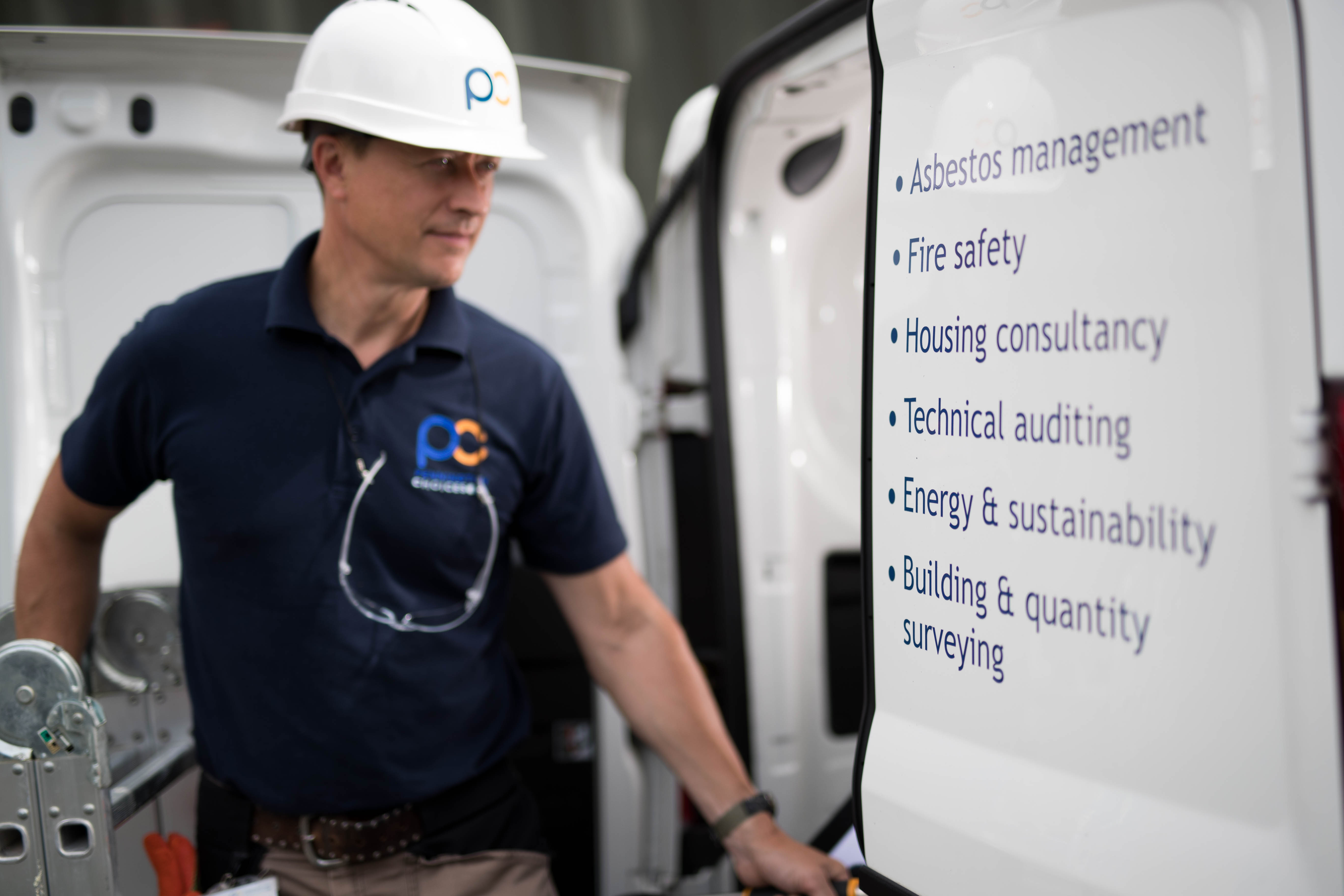Sign up to our newsletter
Earlier this year, we posed the question of wanting to fully understand where the social housing sector is in relation to electrical safety. The result of which saw us partner up to survey the sector with the most respected news magazine and website for housing professionals, Inside Housing.
The final survey itself saw over 230 professionals from across the social housing sector, answer questions around their approach to electrical safety, and where they were in respect of it, and what was immediately apparent was just how enlightening the results were.
To address the results, our Operations Director, Lee Woods, recently took to the camera through a live webinar, to highlight these figures, in addition to discussing the sectors current approach to electrical safety, and what it means for the future.
Key Highlights:
- Only 14% of respondents confirmed that they were at 100% compliance, when measured against a five-year electrical safety programme.
- 36% were between 90-99% compliance, and 50% were below 89%.
- 86% were not compliant with best practice guidelines, and most respondents confirmed that it may take more than two years to align with best practice.
- Only 33% had, or had plans to disclose themselves to the Regulator of Social Housing (RSH), out of the 86% that were not compliant.
Should the Housing Sector be alarmed?
Yes. Why? Because looking at these four statistics alone, it is clearly evident that there is a lot of work to be done across the sector. Not only in making sure that registered providers are meeting their basic compliance obligations, but also that these obligations are being met to ensure the complete safety of tenants within their homes.
The sectors attitude must now change, and electrical safety must be placed high on the agenda of all housing organisations, especially as half of all fires that occur within the United Kingdom are caused by electrical faults.
But, with 86% of those surveyed confirming that they are not compliant with best practice codes, and then going onto to suggest that it may take longer than two years to rectify, it is clear that this is no quick fix.
However, action needs to be taken, and organisations can ill-afford to take this level of risk. Registered providers need to take charge and be clear on their approach and timeline for achieving best practice.
What action can be taken?
If you and your organisation is finding itself with challenges in respect of your compliance position, or would like further clarity on where you are at in terms of meeting your compliance obligations, it is crucial that you get the support that you need. You should consider disclosing and liaising with the RSH and be looking for an external ‘critical friend’, who can detail where you are at, what you need to improve, and how you achieve this in a timely and realistic manner.
How we can help…
At Pennington Choices, we have over a decade of experience in conducting compliance health checks, carrying out more than 100 compliance health checks for registered providers over the past four years alone.
Our clients receive not only our best practice advice to locate issues within their service delivery, but our continual support whilst implementing corrective measures. If they are in difficulty, we encourage and support them to disclose to the regulator and help develop and implement their action plans, so they can achieve and evidenced full compliance.
Our continued support is where our clients find our true value. After completing an initial compliance health check or compliance assessment, we are able to implement roadmaps to ensure they achieve full compliance or continuous improvement. We also conduct board member and executive officer training for providers to ensure that tenant safety is a strategic priority and focus for them.
For more information on our compliance health check, or to download your free compliance self-assessment form, click here.
Alternatively if you would like to get in touch to discuss your compliance obligations, contact our Head of Consultancy, Sarah Davies here.
To view the full Electrical Safety webinar, hosted by Lee Woods click here.





